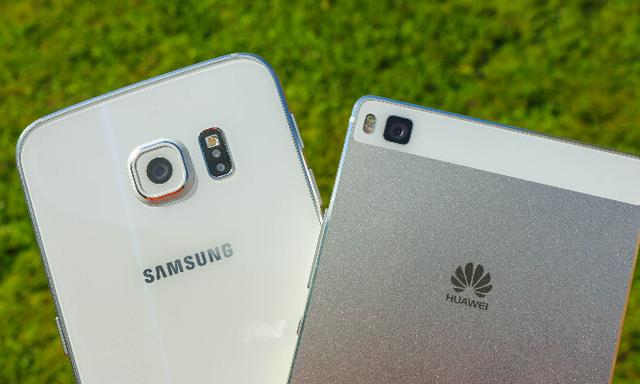
By Henry Hing Lee Chan
The Looming War between Huawei and Samsung
The Huawei P9 introduced last week in London is the first smartphone in the world to incorporate both an RGB (Red, Green and Blue) and monochrome sensor and the only smartphone camera that allows for the re-focusing of a picture after the shot has been taken. The camera was developed jointly with the 102-year-old German camera company Leica, and it certainly has set a new standard for smartphone cameras. The product put its maker, Huawei, on the map as a serious contender in the high end smartphone market.
A recent article by Michael Kanellos in Forbes magazine raised an interesting question: “Will Huawei become the next Samsung?” He noted that the company began to pop up on the radar in 2002 as a competitor in network equipment to Cisco. By 2006, it was one of the largest names in the business. And in 2012, it overtook Ericsson to become the world’s largest supplier of telecommunications equipment. In 2010, it began to make smartphones under its own brand name after serving as a contract manufacturer. By 2015, Huawei was number three in the world and had become the first Chinese company to sell more than 100 million smartphones. Even more amazingly, it went into the competitive solar inverter business just in 2010 and in 2015 ranked first in unit shipments and second in value.
From smartphones to networking equipment; from digital communications to solar inverters; Huawei always positioned itself in the high end of the market, using proprietary technology to gain entry into the premium segment. The company was the world’s largest filer of patents in 2014 and 2015 under the WIPO-PCT (World Intellectual Property Office Patent Cooperation Treaty). In 2014, it was the first mainland Chinese brand to appear in the Interbrand list of the most valuable global brands, and it is also one of the fastest rising brands in the technology sector, climbing from #94 to #88 in 2015. In its emphasis on quality and premium pricing, Huawei is more Western than Chinese.
The string of technological successes has raised a lot of interesting questions on the company’s next move. The company is not shy to state that it wants to excel in all three areas of its business: enterprise technologies, consumer markets, and traditional digital communications. As Michael Kanellos aptly puts it, Huawei’s ambition is “like Cisco declaring it wants to become Apple and Dell as the same time.”
There are many sceptics who question the persistence of such a technological diversification path and rightfully so. The American technology model focuses on the core competence school of thought; diversification is seen with disdain. Instead of following mainstream thought, Kanellos points to the success of Samsung and observed that it is not necessarily true that the core competence model is the only path for a technology company. He argued that Huawei can very well be another Samsung.
Chances of Huawei becoming another Samsung are good. Huawei has steadfastly refused to be publicly listed, and its commitment to research & development is legendary among Chinese companies. It spent 15 percent of revenue (more than USD 9 billion) in R&D in 2015, and its employee profile of more than 45 percent workers devoted to R&D is one of the highest in the world for a company with USD 60 billion sales. More importantly, the company is structured akin to a partnership, with its founder, Ren Zhengfei, having only retained slightly more than 1 percent of the company’s shares, with the balance owned by more than 80,000 employees out of the total work force of 170,000. The intense loyalty and dedication under such a corporate setup is acknowledged to be one of the most important success factors for the company. China’s huge human technological pool provides the company an important advantage in R&D. In 2014, China produced 18,000 PhDs in engineering, more than twice the US count.
With the declaration of Huawei’s ambitions in smartphones, it is only a matter of time that Huawei and Samsung will compete head on, particularly in the coming 5G smartphone era. With increasingly marginal breakthroughs in conventional smartphone functionality, 5G smartphones are going to define the next generation leader. We should note that with the first generation analogue phones, Motorola stood out. In the GSM era, Nokia took the crown. In the 3G and 4G era, Apple and Samsung are the undisputed leaders.
Now in the transition to 4.5G, Huawei’s emergence is putting pressure on Apple and Samsung. The coming 5G is a combination of both hardware and software prowess, as much higher transmission speeds call for increased hardware know-how and the increased functionality associated with IoT calls for better software skills. Samsung has moved into the base station business to acquire more hardware skills, and Huawei is moving into cloud space to understand software better. Let us watch the looming fight closely.





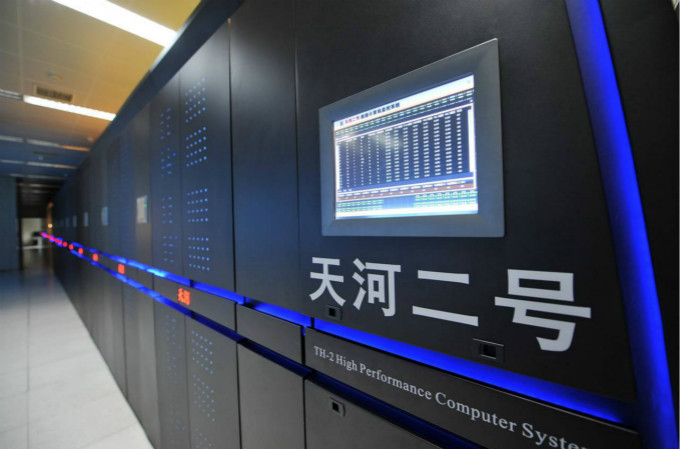
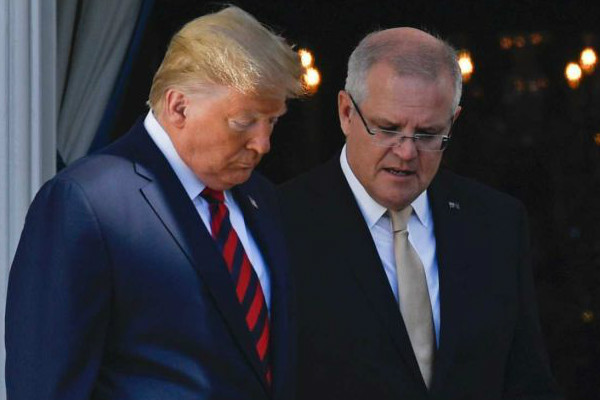

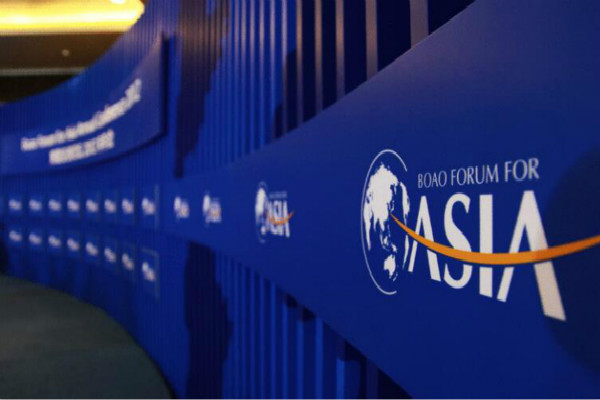


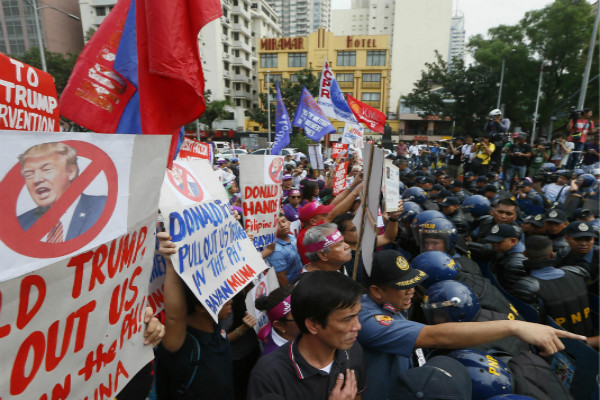




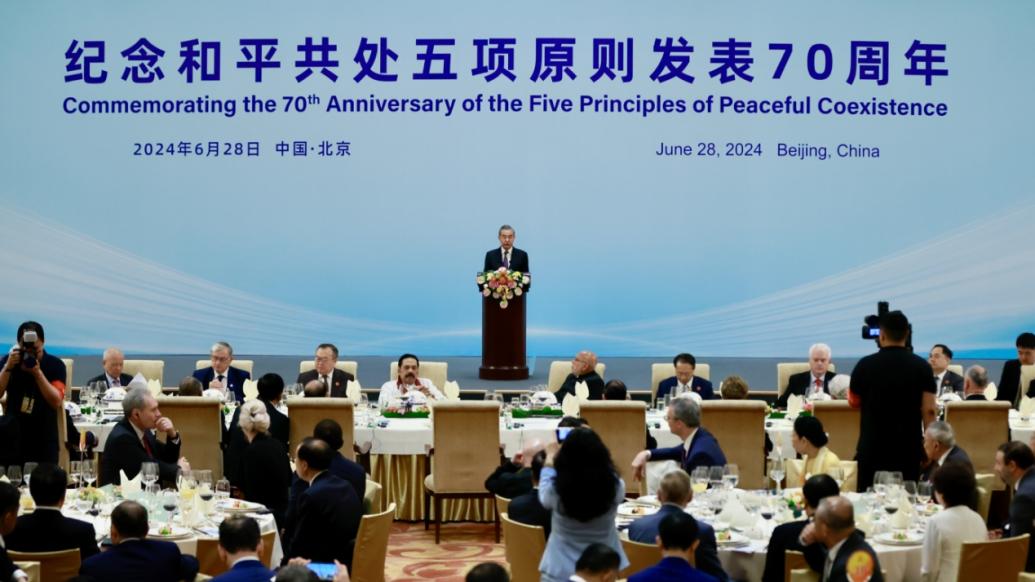

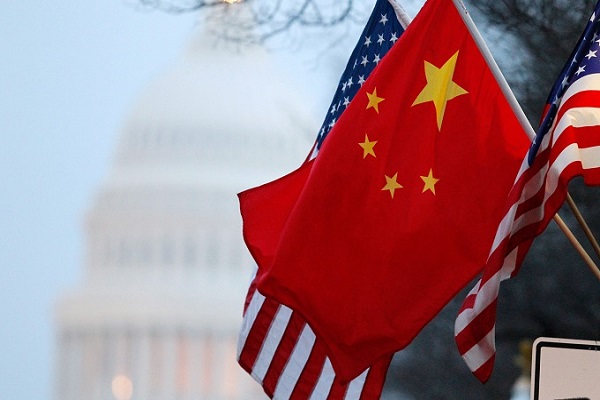

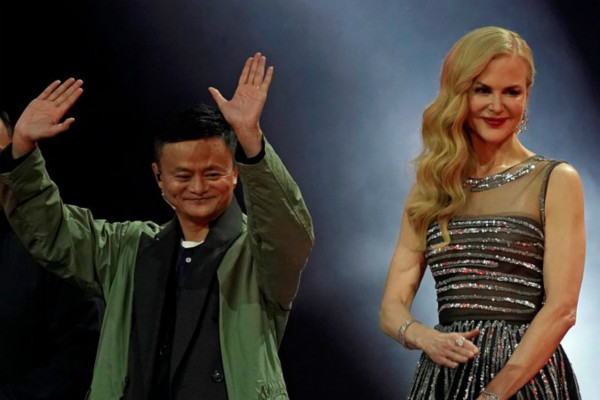
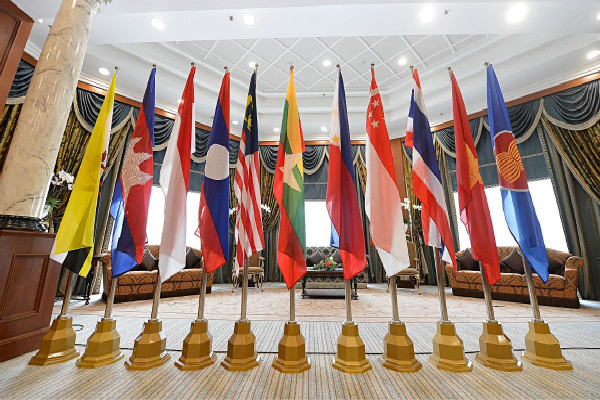
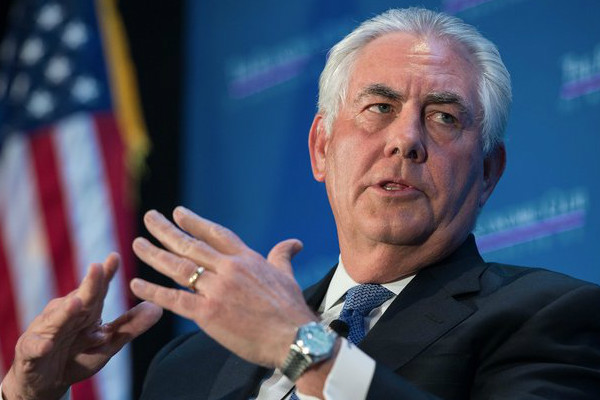

Leave a Reply
Your email address will not be published. Required fields are marked *